How to Install a Metal Roof (Step-by-Step Guide)
Metal roofs are a popular choice for roofing due to their energy efficiency, durability and modern aesthetics. Metal roofs are a great option for replacing your roof or installing a new roof.
Metal roofs can be more difficult to install compared to asphalt shingles. This comprehensive guide will walk you through the following:
- Metal roofs: pros and cons
- How to install it
- Why you should hire a professional
- This roofing option is not cheap
The Pros and Cons to Installing Metal Roofing
Before installing metal roofing, it’s crucial to weigh up the pros and cons. We’ve collected them all here for you.
The Pros and Cons of Metal Roofs
- Longevity: A metal roof’s exceptional longevity is one of its most important advantages. Metal roofs can last up to 50 years. This is unlike asphalt shingles, which may need replacing every 20-30 year. Steel and aluminum are some metal roofing materials that are resistant to corrosion. This makes them more durable.
- Durability: Metal roofing can withstand extreme weather conditions such as heavy rain, hail, snow and high winds. The metal roofs are also resistant to fire, which reduces the risk of a house fire. Metal is a durable and strong material that can withstand extreme weather conditions.
- Energy Efficient: Metal Roofs Reflect Solar Heat, Helping to Maintain a Cooler Indoor Temperature During Hot Summer Months. The ability to reflect solar heat can reduce energy costs by reducing air conditioning. Many metal roofing systems have been designed to be energy efficient and qualify for tax credits or rebates.
- Low maintenance: Metal roofing requires minimal upkeep compared to other roof materials. Metal roofs do not warp or crack, like asphalt or wood shingles. Metal roofs can be maintained in good condition with regular inspections and cleaning.
- Aesthetics: Modern Metal Roofing comes in many styles, colors and textures. This allows homeowners to select a look which complements the architecture of their home and their personal taste. Metal roofs add a sleek, contemporary look to any building.
The Cons of a Metal Roof
- Initial cost: Metal roofing has a higher initial cost than asphalt shingles. It’s important to take into account the savings on maintenance and energy costs over time.
- Noisy roofs: Metal roofs can be louder than shingle roofs during heavy rains or hailstorms. This issue can be mitigated by using the right insulation and underlayment.
- Installation Complicated: Metal roof installation requires specialized skills and equipment. It is more complicated than other roofing materials. To ensure proper installation, it’s important to hire a professional.
How to Install a Roof Made of Metal
It is important to hire professionals who are experienced in installing metal roofs. Here’s a general overview of what to expect:
1 Inspection and preparation:
Start by checking the roof structure. Make sure it is strong enough to support a metal roof. Make any repairs or reinforce the roof if necessary. Remove any old roofing materials such as shingles or tiles.
2 Install Roof Decking:
Over the existing roof structure, install a solid decking of OSB or plywood. This will provide a flat and stable surface for the metal roof panels.
3 Install Underlayment:
Use a roofing underlayment of high quality to protect against leaks and serve as a moisture-proof barrier. For metal roof installations, self-adhering underlayment synthetic is often used.
4 Installation of Trim and Flashing:
Install flashings around roof penetrations such as vents and chimneys to prevent water from entering the roof. To give the roof a finished look, custom metal trim pieces can be installed along the roof edges.
5 Roofing Panel Installation:
Start by laying out the metal roof panels from the eaves, and work your way upwards to the ridge. Fasten the panels using appropriate fasteners such as screws and neoprene neoprene neoprene washers. Make sure that the panels are aligned and overlapped properly.
6 Ridge Cap Installation:
Install ridge caps at the highest point of the roof in order to protect and seal it. Ridge caps are designed to provide a finished appearance and keep water out.
7 Quality Assurance:
Check the metal roof thoroughly for any defects, loose fasteners or gaps. All seams and connections should be properly sealed and waterproof.
Why you should Hire a Professional to Install Metal Roofing
There are many reasons why you should hire a roofing contractor instead of installing a metal roof on your own.
- Expertise: Professional roofers possess the expertise and experience necessary to guarantee a long-lasting and proper installation. They know the requirements for metal roofing systems, and they can handle any problems that may arise.
- Safety: Roofing is a dangerous job, but professionals are trained to reduce the risk of accident. They are equipped with the knowledge and equipment to work safely from heights.
- Warranties: Several roofing manufacturers provide warranties for their products. However, these warranties are often only valid if the roof is professionally installed. A professional installation will ensure that the warranty of your roof will be honored.
- Efficiency and Time: Professional roofers are able to complete the work efficiently. This saves you time, and ensures that your roof will be installed correctly on the first try. DIY installation can result in costly mistakes and rework.
Costs of installing a metal roof
Costs for installing a metal roofing system can vary greatly depending on a number of factors. These include the type of material used, the difficulty of installation, your roof’s size and shape, and where you live. You can expect to spend anywhere between $7,000 and $15,000. on average for a metal roofing installation.
Here is a breakdown of the cost factors:
- Material Price: Metal roofing materials are available at different price points. Steel and aluminum, for example, are more affordable than zinc or copper. Cost is also affected by the style and profile.
- Labor cost: Labor expenses can be a large part of total costs. Labor costs can be affected by the complexity of installation and skill level.
- Roof Shape and Size: Larger roofing requires more material and labor which will increase overall costs. Roof designs that have multiple angles or features can also increase the cost.
- Location: The labor rate and cost of living in your region can affect the price of metal roof installation. Local building codes or regulations may also require certain roofing materials and installation methods. This can affect costs.
Have Your Roof Installed by a Professional
Metal Roofing in Manchester NH offer many benefits, such as durability, energy efficiency and aesthetics. Before making a choice, you should weigh the pros, cons, installation steps and cost. The initial cost may be higher, but the benefits over the long term often outweigh it. A professional roofer is recommended to ensure a smooth installation.
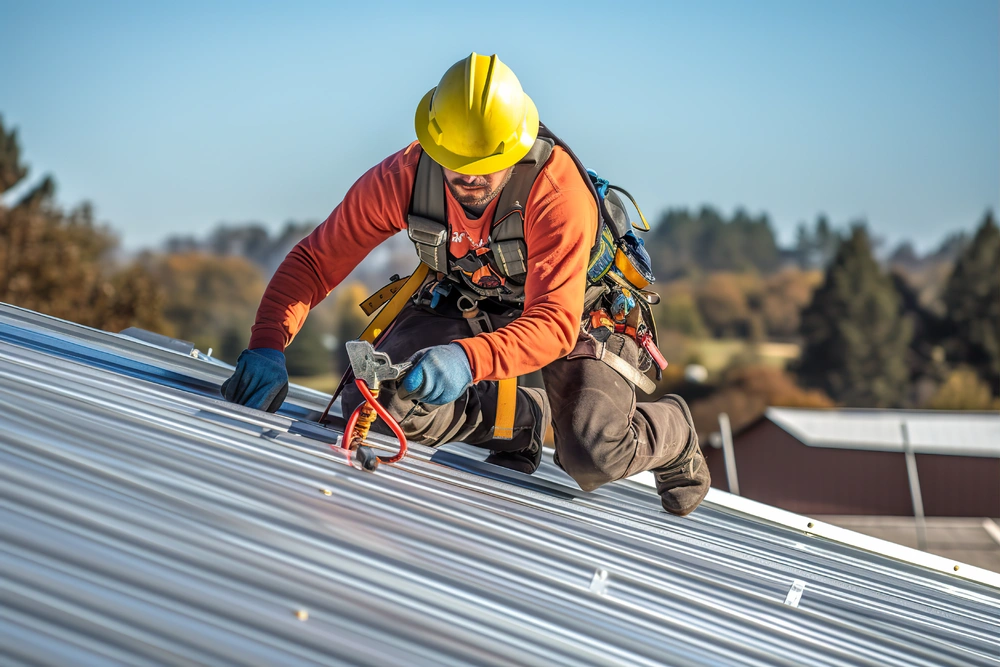
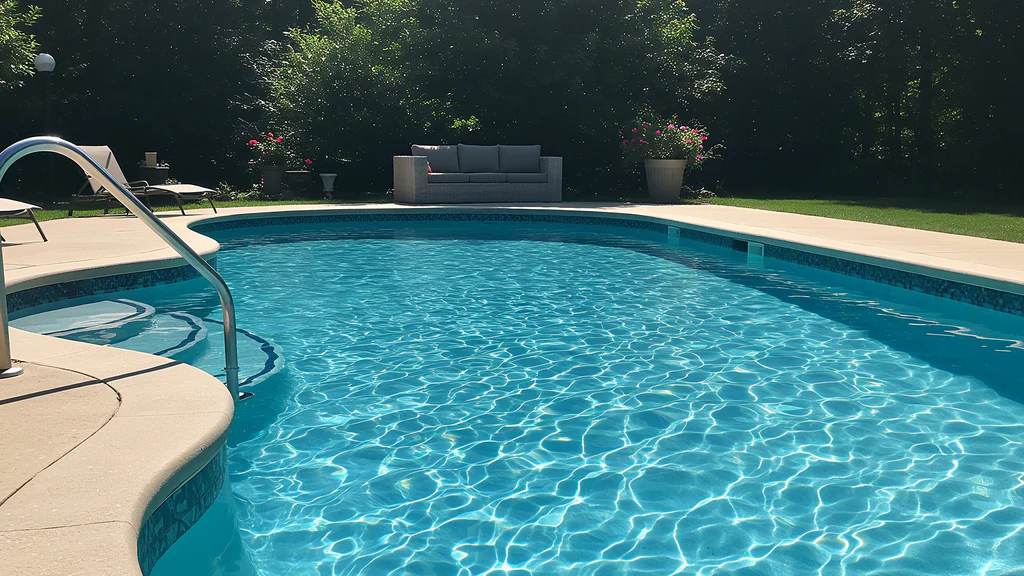
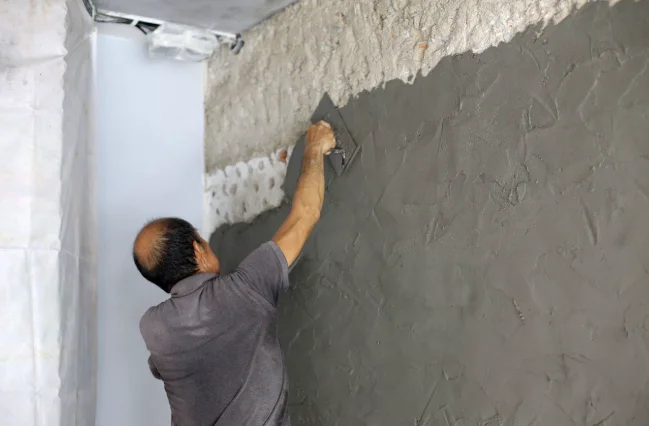
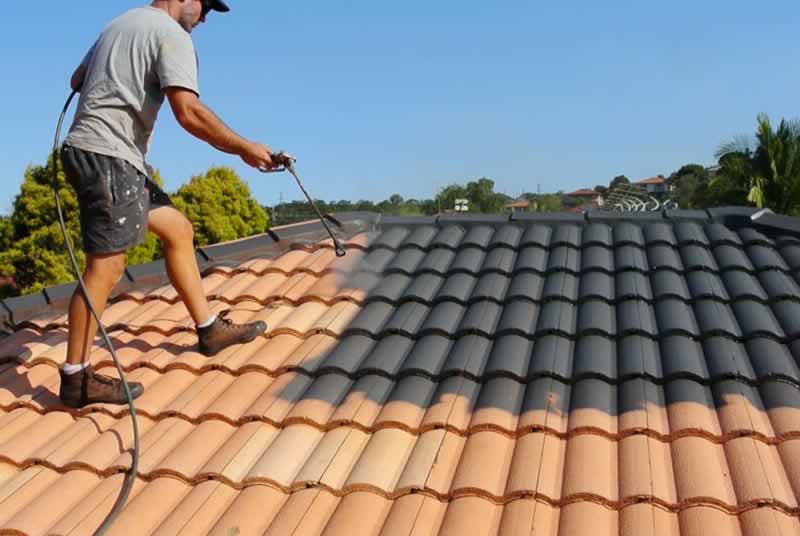


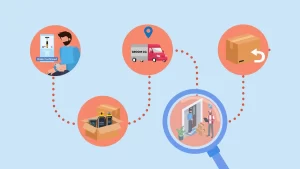

Post Comment